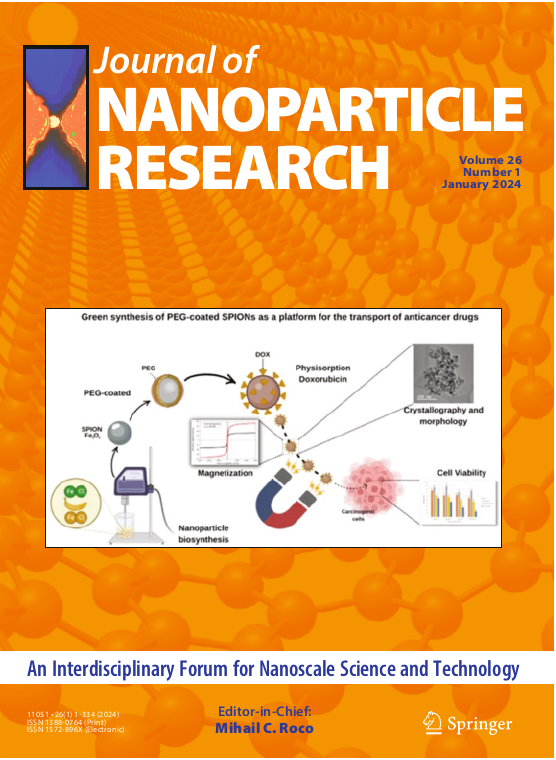Antimicrobial properties of carbon “quantum” dots for food safety applications
Abstract
Carbon dots represent a rapidly advancing and expanding research field, with a large number of literature reports on their potential technological applications including those relevant to food safety. In this article, the dot samples prepared by the deliberate chemical functionalization of preexisting small carbon nanoparticles or by thermal carbonization of various organic precursors under different processing conditions are highlighted and critiqued for their similarities and differences in sample structure-morphology and properties, especially antimicrobial properties for their food safety–related uses. Also highlighted and discussed are representative recent examples for the use of dot samples to inactivate foodborne pathogens, disrupt biofilms or prevent their formation, and extend the shelf life of food products, which involve different antibacterial mechanisms. Some perspectives on the further development of the carbon dots–based/derived antimicrobial platform and related excellent application opportunities in food safety are provided.

 求助内容:
求助内容: 应助结果提醒方式:
应助结果提醒方式:


